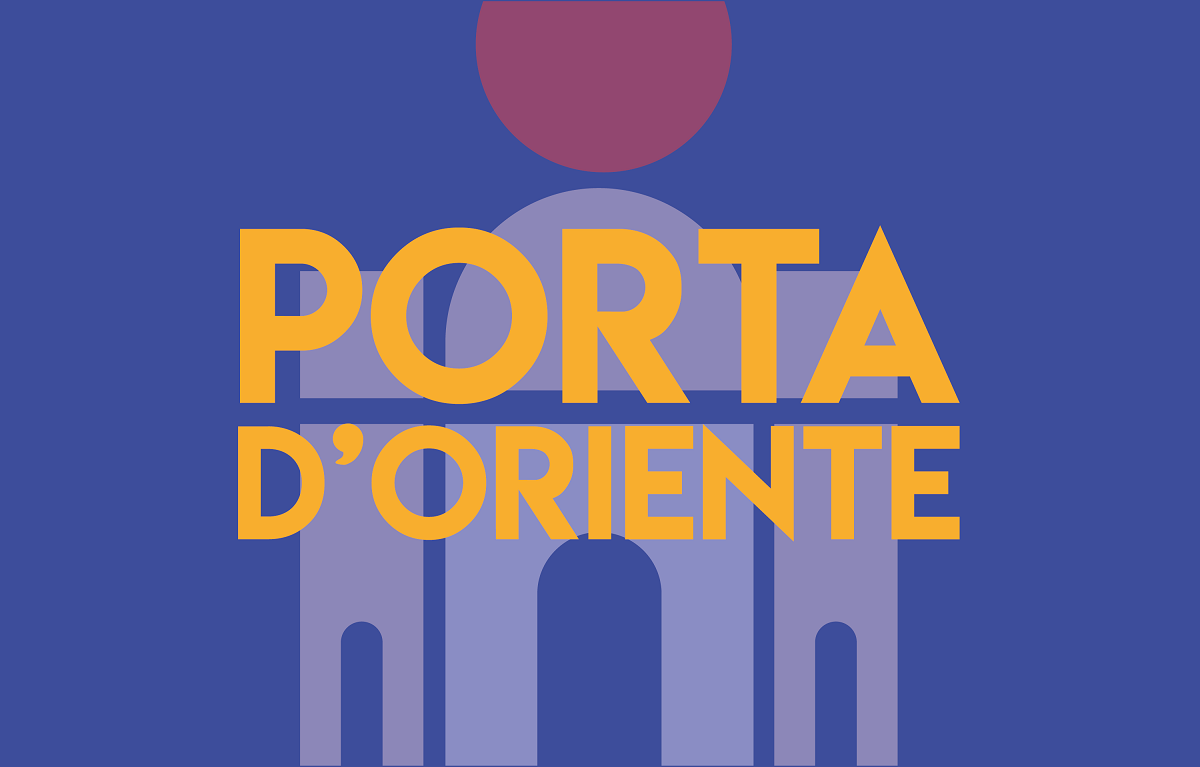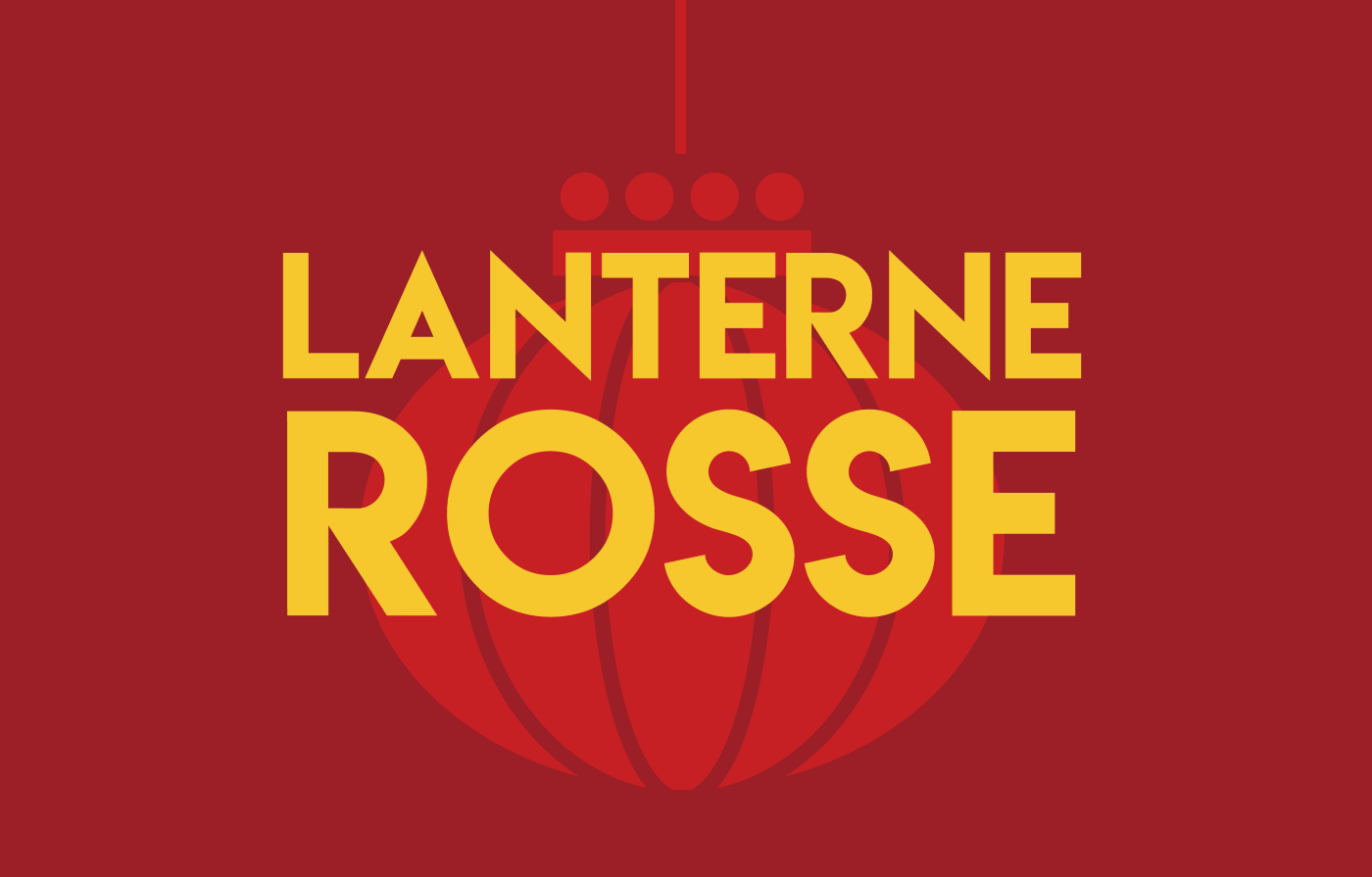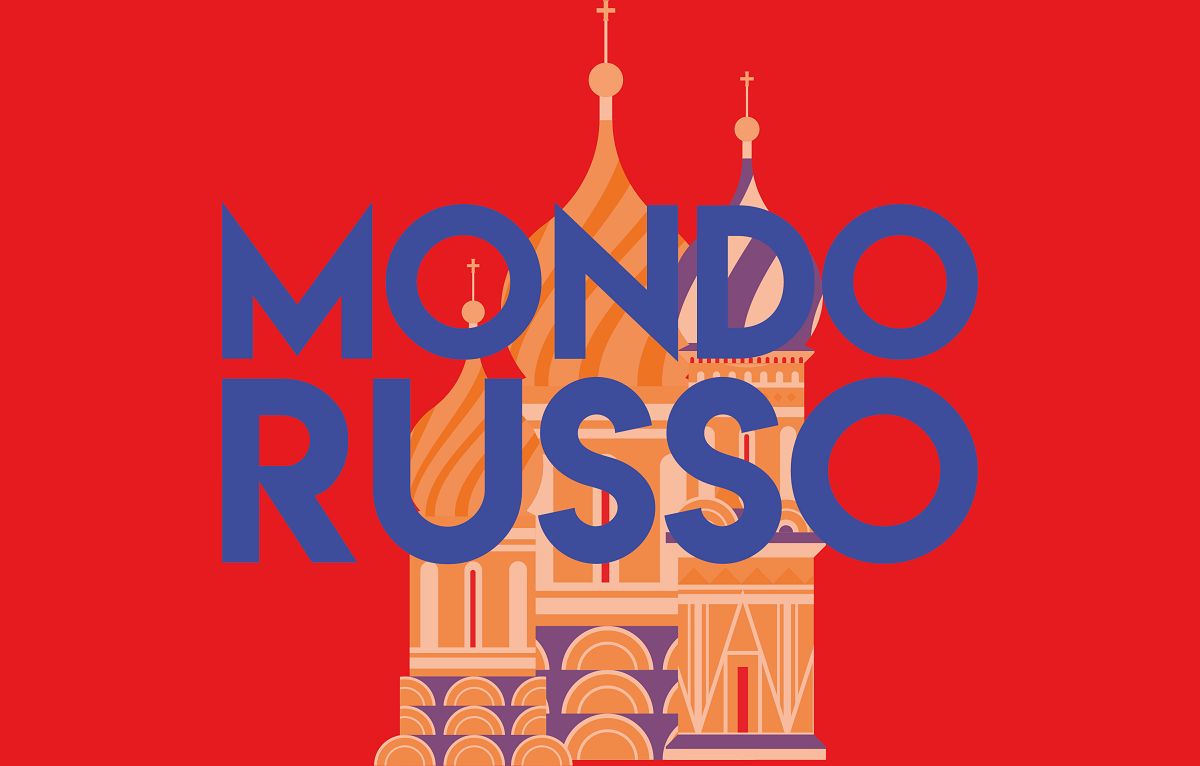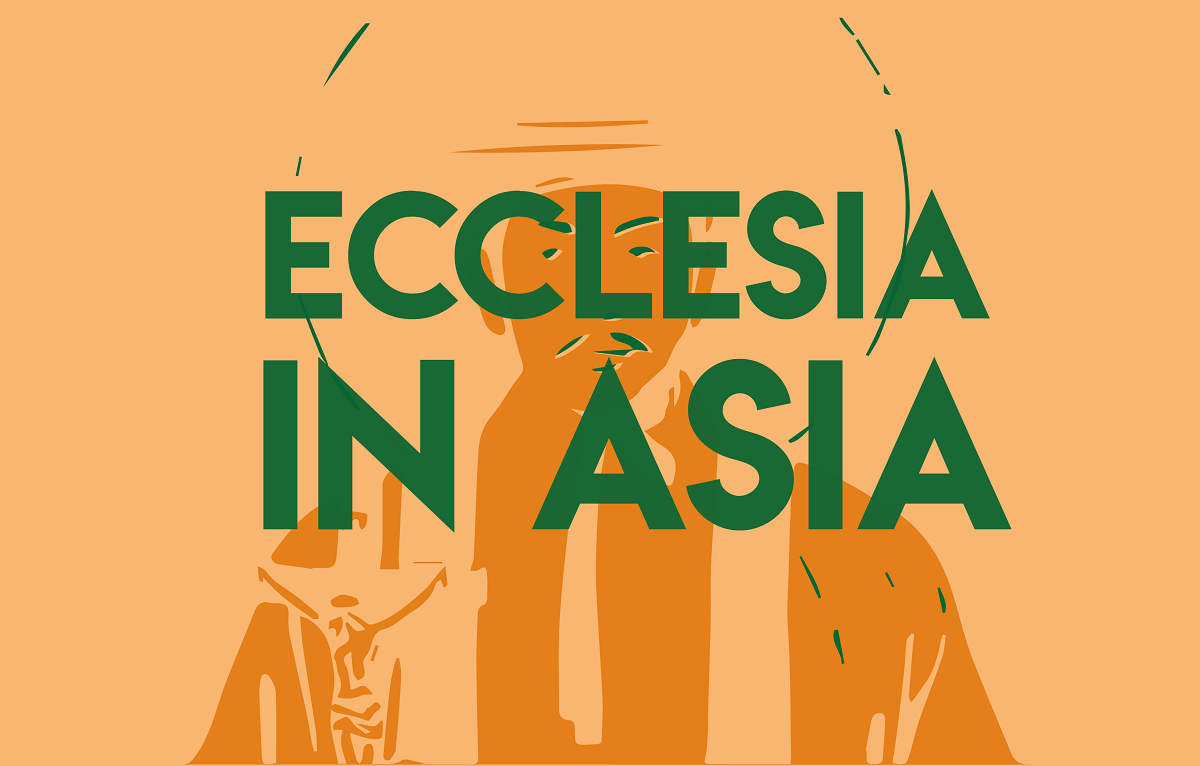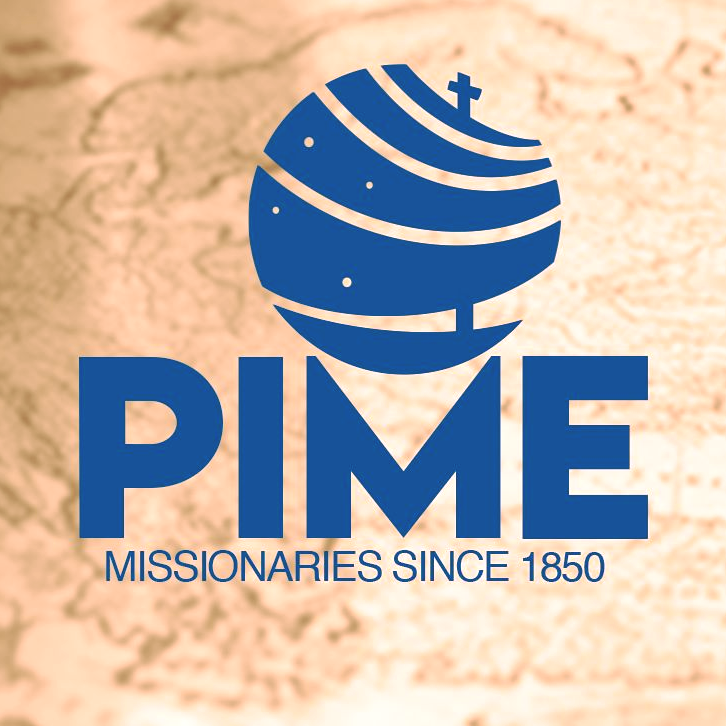Mosul regains its minaret. Abp. Moussa: a new culture, fanaticism will not return.
The al-Nuri mosque has been restored to its former glory thanks to the work financed by UNESCO together with the restoration of the Al-Tahera church. A project that lasted seven years, for a total value of over 100 million dollars. The Chaldean archbishop: ‘significant progress in education, healthcare and infrastructure’. The memory of the Pope's visit. For Christians, school and work are a priority.
Milan (AsiaNews) - ‘A decade after the terrorist nightmare of Daesh [Arabic acronym for the Islamic State], Mosul is catching its breath and returning to its usual rhythm. Significant progress has been made in education, health and infrastructure in the city,’ said Mgr Michael Najeeb Moussa, a Dominican, to AsiaNews.
Since January 2019 he has been the Chaldean archbishop of Mosul, a metropolis in northern Iraq, considered the “capital” of the Islamic caliphate during the years of jihadist rule. ‘The university, exemplary in teaching and progress, obtained a place at UNESCO only a few years after liberation’ from ISIS, the prelate continues.
Moreover the population ’rejects the fanatical spirit and terrorist practices of Salafist groups. There is no possibility - he affirms - that these fanatical groups will re-emerge, thanks to a new collaboration between the population, the intelligence services and the government to fight violence and sectarian ideology’.
The Great Mosque of al-Nuri in Mosul, famous for its leaning eight-century-old minaret of Hadba, has recently been restored to its former glory. It was destroyed by ISIS militants in 2017 and is now undergoing extensive restoration work as part of a broader revival of the northern capital.
From its minbar, on 4 July 2014 the leader of the Islamic State (IS) Abu Bakr al-Baghdadi declared the birth of the self-styled ‘Caliphate’ which, at its peak, came to include half of Iraq and Syria.
Three years later, the extremist group demolished the place of worship in the final stages of the campaign launched by the Iraqi army, supported by the United States, which ended with the defeat - at least on a military level - of the jihadists and their expulsion from the second most important city in the country. A
This victory came at the cost of a prolonged and ferocious urban war, which reduced much of the city's historical, artistic and cultural heritage to rubble, already marked by the devastation caused by the ‘caliph's’ men under his rule.
In 2018, UNESCO launched the ‘Revive the Spirit of Mosul’ project: the aim was to rebuild the Great Mosque of Al-Nouri, the church of Al-Tahera and the convent of Al-Saa'a, which had been transformed by ISIS into a prison.
Three World Heritage Sites, symbols of history and culture, destroyed by the militants between 2014, the year of the jihadist rise, and 2017, which marked the defeat - at least on a military level - of al-Baghdadi's men. Seven years have passed and 111 million euros have been invested, but now the project has come to an end and the treasures saved, even if much remains to be done for the overall relaunch of what was the economic and commercial capital of the country.
‘UNESCO’, explains Monsignor Moussa, “has selected a series of monuments of great symbolic importance, including two mosques and two churches, as well as a series of traditional houses typical of Mosul art, demolished by Daesh”. Among these, he continues, ‘the famous “humpbacked” mosque and the Church of the Clock, as well as the homes of al-Tetunchi, Sulaiman Sayegh and others’.
Analysing the value of Iraq's cultural and archaeological heritage, the true ‘black gold’ as the Chaldean Patriarch Card. Louis Raphael Sako once defined it, the prelate recalls that ‘it is not measured in material terms, but in symbolic terms. Each monument carries with it a page of history and becomes a language that tells the story of a community's past’.
The monuments that are being rebuilt are ‘unifying elements for the city’, emphasises the Chaldean archbishop, because ‘it is impossible to imagine Mosul without the al-Nuri mosque or the Church of the Clock of Empress Eugenia’.
‘Heritage knows no boundaries - he warns - and reflects a place and a people, not just a religion. The great restorers of these monuments - he emphasises - work with the same commitment to build a church, a mosque or a sanctuary. It is wonderful to work and collaborate together’, also because “art itself is sacred, as it reflects the human values and creativity of each community”.
As far as the Christian community is concerned, the ‘priority’ is ‘to ensure their return by restoring their homes, finding jobs and guaranteeing education through schools and catechism centres’, warns Monsignor Moussa. ‘Christians - he continues - must be considered true citizens like any others and not marginalised minorities, the law must protect and preserve their historical and demographic sites’.
Finally, he reflects on Pope Francis, currently hospitalised for health problems, who four years ago was preparing to visit Iraq on his first apostolic journey abroad in the midst of the Covid-19 pandemic.
The visit to Mosul on 7 March 2021, says the prelate, ‘was a real celebration for the whole city and its echoes still resonate in the memory of the population. A man of peace who deplores violence and calls for human brotherhood. Thanks to this historic visit, he focused the attention of the media on the destruction of man and stone, to accelerate the reconstruction of the city and its culture. In the Chaldean church of St Paul - he concludes - a small museum has been set up that traces the Pope's visit and in Mosul a cultural centre has been founded that bears Francis‘ name’.
12/02/2016 15:14





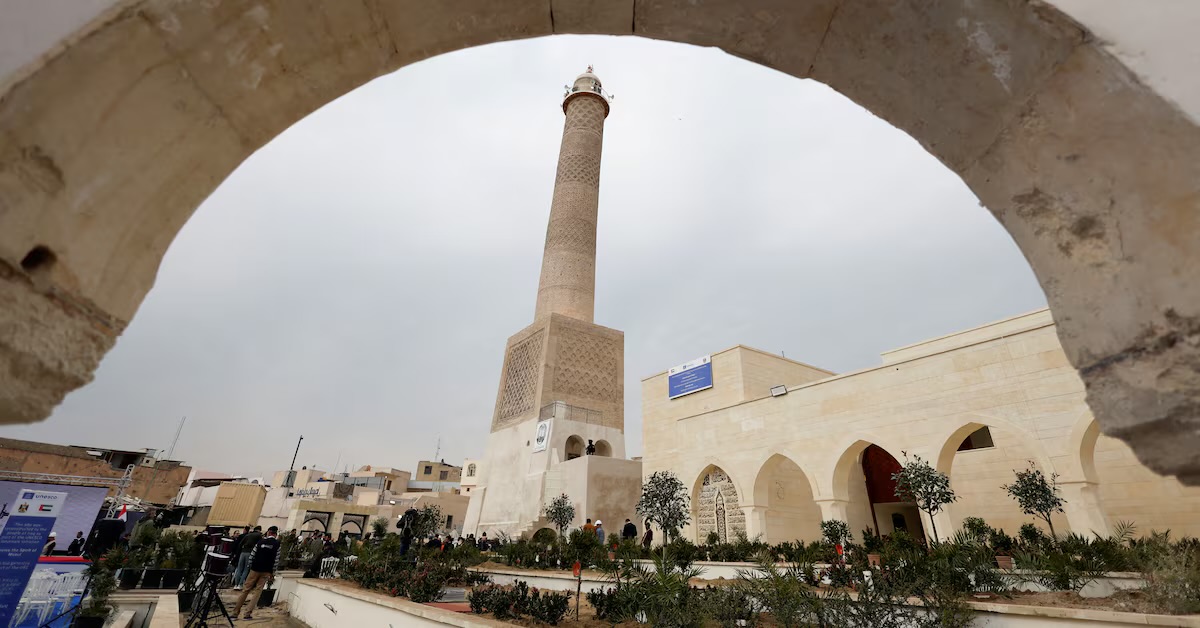
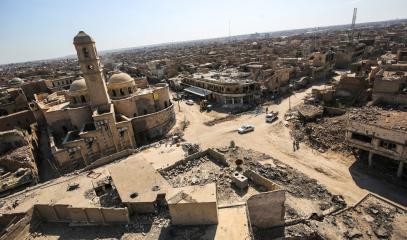

.png)
